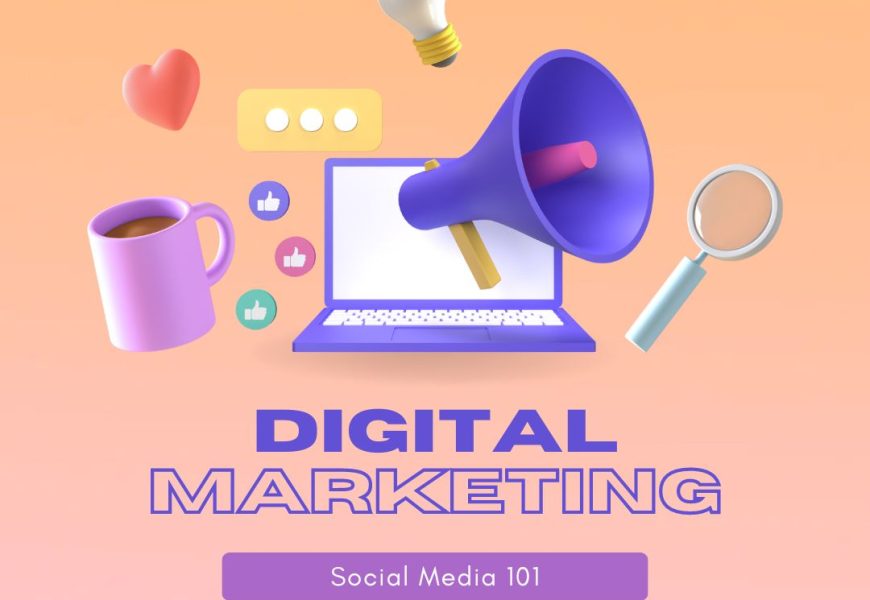In today’s digital age, nonprofit organizations have incredible opportunities to connect with supporters, spread their mission, and drive real change—all online. But with limited budgets and resources, navigating the digital marketing landscape can feel overwhelming. How do you make a difference when every dollar counts? How can a small team get their message out in a crowded digital world? The good news is that there are strategies nonprofits can use to make the most of what they have, without burning out or breaking the bank.
Here’s a guide to digital marketing for nonprofits that’s tailored to helping you grow and engage your community in an authentic, meaningful way.
1. Tell Your Story: It’s Your Most Powerful Asset
Every nonprofit has a unique story that can touch hearts and inspire people to take action. Unlike for-profit companies, which often focus on selling a product, nonprofits are sharing a cause, a vision, and a mission.
Consider sharing:
- Your why – What problem are you solving? Why does your organization exist?
- Your impact – How are you making a difference? Use real stories and testimonials from those you’ve helped.
- Your team and volunteers – Show the people behind the mission. This helps potential supporters relate to your cause on a personal level.
By telling a heartfelt story, you invite others to become part of your journey and to feel invested in your mission.
2. Leverage Social Media to Build Community
Social media is a great (and cost-effective) way to raise awareness and build community. The key is to focus on engagement over followers. It’s not just about reaching people; it’s about reaching the right people who genuinely care about your cause.
Here are some tips:
- Be consistent and authentic – Share regular updates, stories, and shout-outs to your community. Keep your voice genuine and warm.
- Highlight supporters – Show appreciation by tagging and thanking volunteers, donors, and followers.
- Involve your audience – Post polls, ask questions, and encourage followers to share their own stories or opinions. People love feeling involved!
3. Email Marketing: Direct and Personal
While social media is excellent for reaching new audiences, email marketing lets you connect directly with those who have shown genuine interest in your organization. It’s still one of the most effective ways to raise funds, share updates, and build long-term relationships.
To make your email marketing successful:
- Send value-driven content – Your emails should be more than just donation requests. Share updates, success stories, and ways to get involved.
- Keep it short and engaging – People have busy inboxes, so make sure your emails are easy to read and focused.
- Personalize your emails – Addressing people by name and sharing stories that resonate with their interests can make your emails feel more like a conversation.
4. Content Marketing: Educate and Inspire
Content marketing is more than just blog posts; it’s about creating valuable, shareable information that helps people understand and connect with your cause. Content can take many forms, from articles to videos, infographics, and social media posts.
Consider these content ideas:
- Informative articles or blog posts – Educate your audience on the issues you tackle and the solutions you’re implementing.
- Behind-the-scenes content – Give a glimpse into the inner workings of your nonprofit. This transparency builds trust.
- Volunteer stories – Showcase the stories of those who are involved with your organization. This can be inspiring and encourage others to join.
5. Utilize Google Ad Grants
If you haven’t heard of Google Ad Grants, this is a big one! Google offers eligible nonprofits $10,000 per month in free advertising credit. This means you can run ads on Google search results, helping people find your organization when they search for related topics.
To make the most of this resource:
- Choose your keywords wisely – Focus on keywords that align with your mission and that people might be searching for. For example, if you’re an environmental nonprofit, terms like “sustainable living” or “how to reduce plastic waste” could help attract people interested in your cause.
- Track and adjust – Use Google Analytics to monitor the performance of your ads and adjust as needed.
6. Collaborate with Influencers and Ambassadors
You don’t have to do everything on your own! Collaborating with influencers or ambassadors who align with your values can significantly extend your reach and introduce your cause to new audiences.
Consider:
- Partnering with micro-influencers – These are influencers with smaller, engaged followings, who are often open to working with nonprofits.
- Ambassador programs – Identify dedicated supporters who can help promote your message online and offline.
7. Focus on Small Wins
When budgets and resources are tight, it’s easy to feel like your efforts aren’t making a big enough impact. But remember, every interaction, every post, and every email contributes to the greater goal. Instead of focusing on immediate results, measure smaller wins, like new followers, engagement rates, and personal messages from supporters.
8. Keep Learning and Adjusting
Digital marketing is constantly evolving, and it’s okay if you’re still learning. Free online resources, webinars, and communities like Facebook groups for nonprofits can help you stay updated without breaking the bank.
In the end, digital marketing for nonprofits doesn’t have to be expensive or overwhelming. By focusing on authentic storytelling, community engagement, and smart use of free tools, even the smallest organization can make a big impact online. Keep telling your story, sharing your mission, and connecting with those who believe in your cause.













